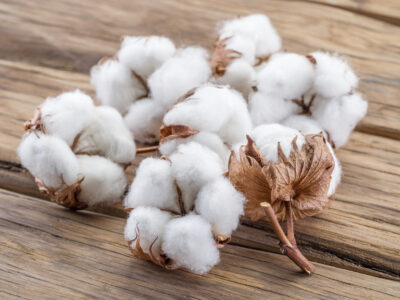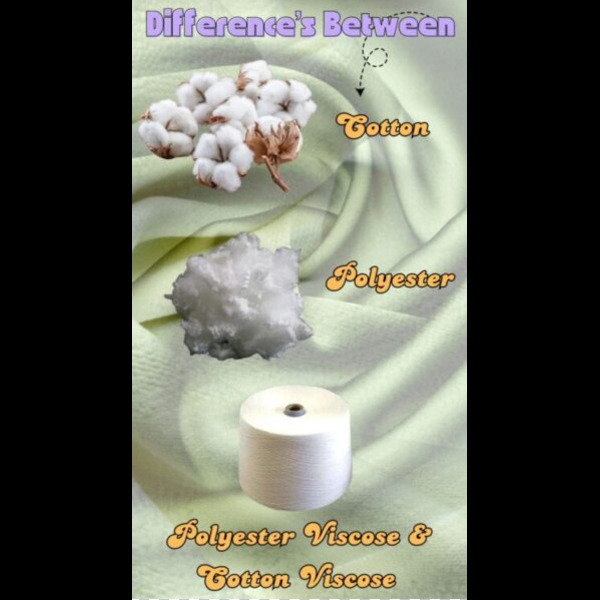Cotton:

- Natural fiber sourced from cotton plants.
- Soft, breathable, and comfortable to wear.
- Absorbs moisture well, making it suitable for hot weather.
- Prone to shrinking and wrinkling.
Polyester-Cotton Blend:

- Combination of polyester and cotton fibers.
- Blending offers the benefits of both materials: durability of polyester and softness of cotton.
- Less prone to wrinkling and shrinking compared to pure cotton.
- Retains color well and dries quickly.
Polyester-Cotton:
- This term can be ambiguous but typically refers to a fabric made predominantly of polyester with some cotton content.
- Often used in durable workwear and uniforms.
- Offers increased durability and resistance to tearing compared to pure cotton.
Cotton-Viscose:
- Blend of cotton and viscose fibers, which are derived from natural sources like wood pulp.
- Viscose adds softness and drape to the fabric.
- Often used in lightweight, flowing garments like dresses and blouses.
- More prone to wrinkling compared to polyester blends.
| Fabric Type | Material Composition | Characteristics |
|---|---|---|
| Cotton | 100% cotton fibers | Soft, breathable, absorbent, wrinkles easily |
| Polyester Cotton | Blend of polyester and cotton fibers | Durable, wrinkle-resistant, retains shape, less breathable than cotton |
| Polyester Cotton & Cotton Viscose | Blend of polyester, cotton, and viscose fibers | Combines durability of polyester, softness of cotton/viscose, wrinkle-resistant |

